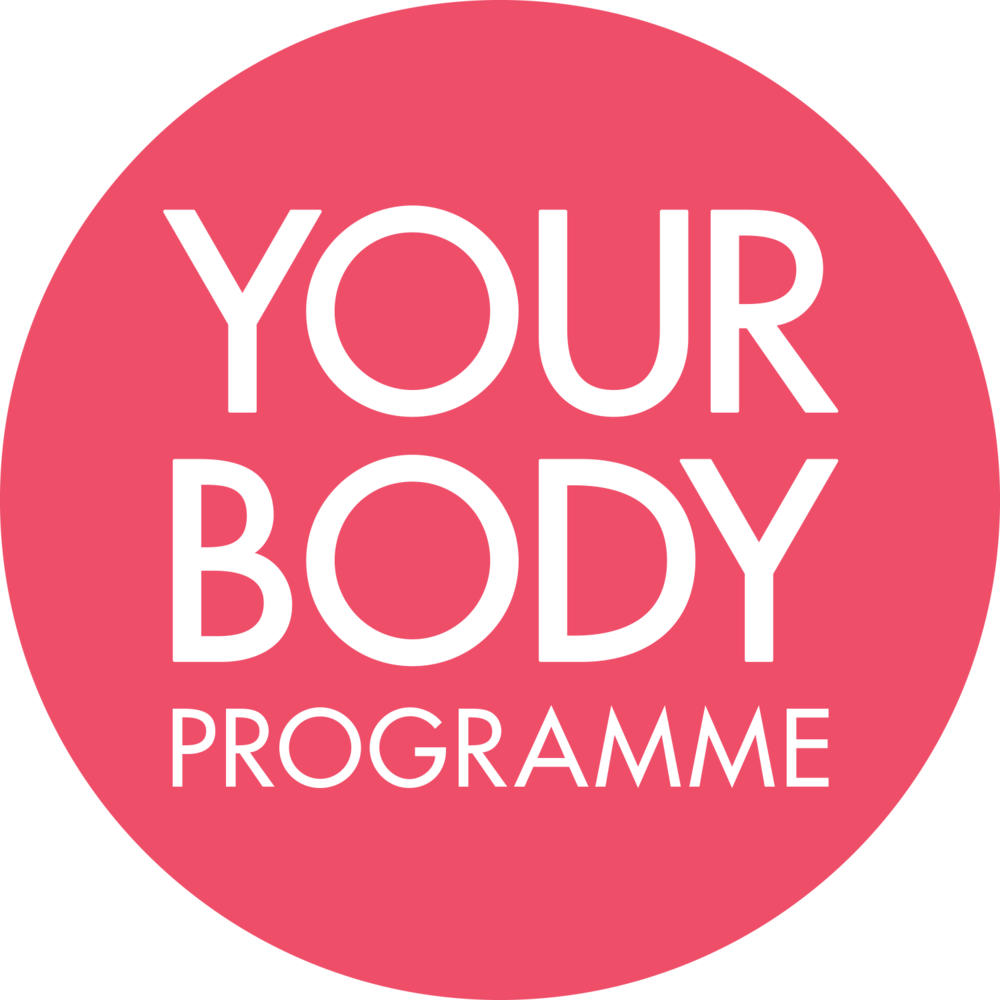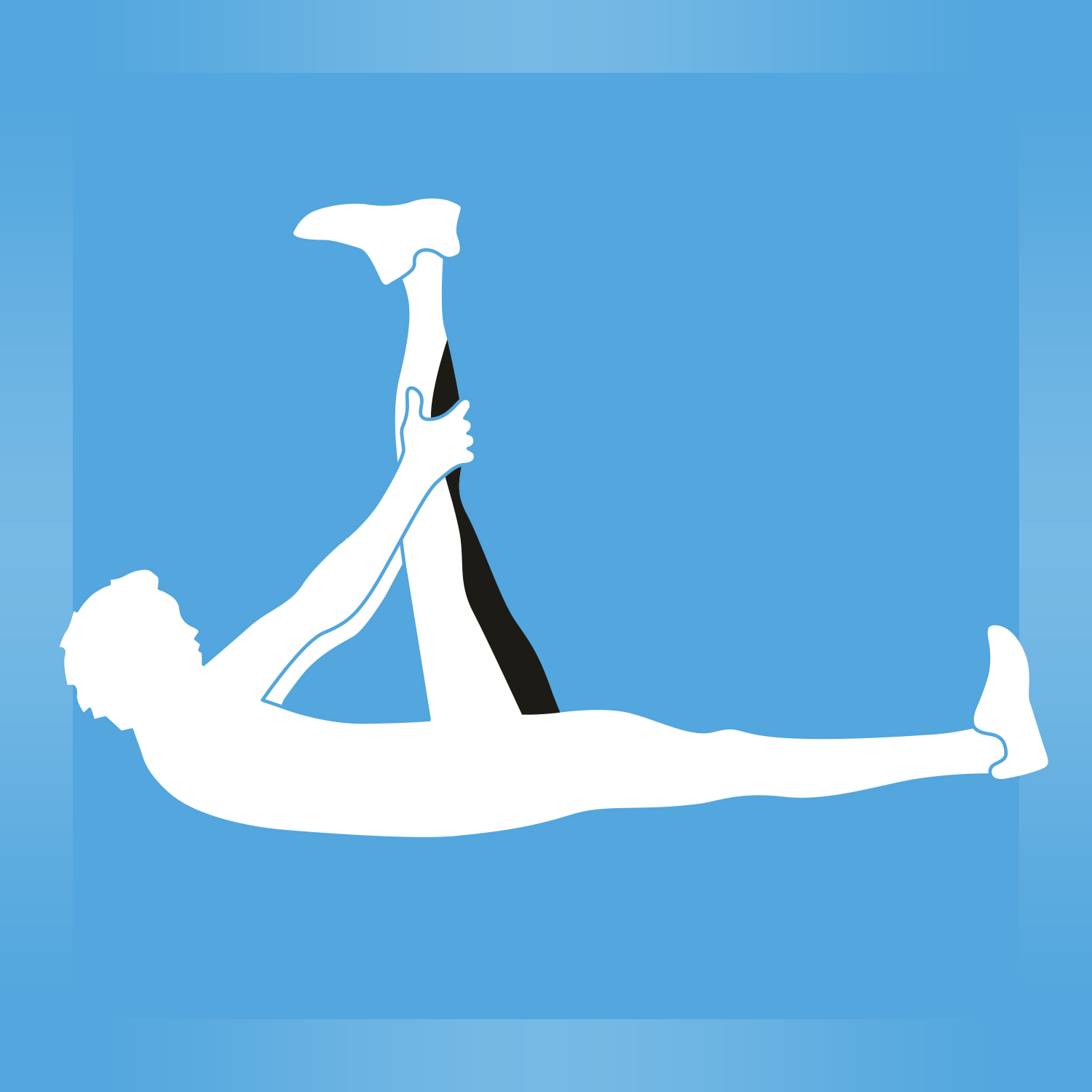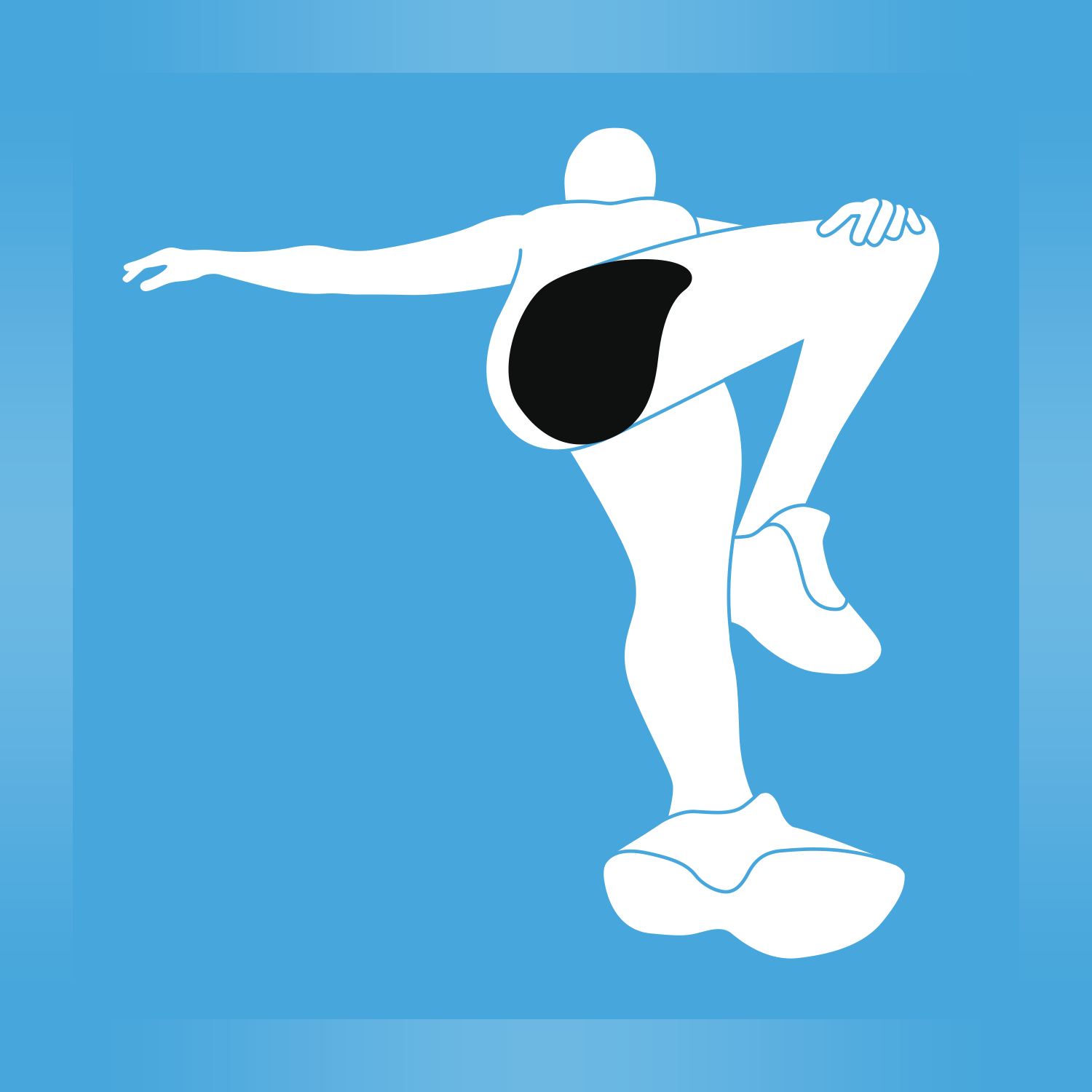FOOT EVERSION-OVERVIEW
What is Foot Eversion?
Foot eversion is the medial rotation of the mid-tarsal ankle bones (subtalar and transverse tarsal joints) causing the soles of the feet to become pronated or turned outwards (laterally), standing on the inside edge of the foot, with more weight on the big and second toe’s. Heathy foot eversion is an essential part of ankle mechanics as it allows for stabilization when walking or running on uneven surfaces, creating shock absorption for the lower body and subsequently allowing correct posture through the pelvis and spine.
Signs and symptoms
A visibly collapsed arch is the most obvious and easy to recognise indicator of a pronated foot. Pain and discomfort can be felt in the foot arches, heels, inner ankle joint, spreading up through the calves, knees and even into the back. This is due to the altered weight disruption, disturbing the kinetic chain and shock absorption starting at the ankle and moving up the body. The muscles that run up the lateral (outside) lower leg (peroneus longus, tertius and brevis), become tight. Playing sports and exercising can exacerbated the problem, increasing the risk of injury.
Common injuries that may occur with an overpronated ankle are plantar fasciitis, runners knee, stress fractures and Achilles tendinitis. What are the possible Causes Weak tibialis anterior and tibialis posterior muscles, and tight peroneus longus and brevis muscles. Genetics could always be a possible cause. Poor posture can create a muscle compensation, as too can poor form when exercising especially running due to its constant repetitive nature. Unsupportive shoes can contribute to foot eversion, which is common in the industrial world, along with walking and running on hard surfaces. Weak leg muscles can also be a factor, subsequently creating weak (lose) joints and poor mobility these can be due to inactivity or/and aging. The tibialis posterior tendon is responsible for stabilising the middle section of the foot and the arches. Disfunction of this tendon can lead to pronation and flat arches. Osteoarthritis can be a cause due to the associated loss of cartilage around the subtalar joint.
Treatment
Treatment for foot eversion should start with corrective exercise, stretching and myofascial release programme. The heavier a person is the more stress on the ankle and potentially increased pain. A weight loss plan that does place too much pressure on the ankle joints would be advisable. Orthotics will sometimes be prescribed in extreme pronation patients to help correct the alignment of the foot. Anti-inflammatory medication may be prescribed if the pain is too uncomfortable to reduce inflammation and swelling of the joint. Rarely is surgery required. A regular massage may help loosen tight muscles and break down scar tissue and adhesions which may be contributing to any imbalance. Applying ice can help reduce pain and swelling in the short term. Wear supportive shoes.
Tight muscles
Peroneals, Lateral gastrocnemius, Hamstring (short head), Tensor fascia latae.
Weak muscles
Anterior tibialis
DYNAMIC WARM-UP
The warm-up is to mobilise and prime your body, it should be specific to the exercise you are about to perform. We recommend 5 mins of gentle cardio to increase body temperature and blood flow to the muscles. Follow this with movements that mimic your exercises but at a slower pace with reduced intensity.
Try our basic warm-up or advanced version with a medicine ball.
MOBILISE
BALANCE
Stand on 1 leg with the opposite hand extended above you. Place your weight into your heel, bend your knee slightly and hinge from the hips bringing your hand to touch the opposite foot. Engage your core. Do not round the lower back. Maintain ankle and knee alignment. Stand upright and reach overhead.
BALANCE – Box
Step onto the bench with your left leg and balance for 3 seconds. over time increase to 10 seconds. Do this for 10 repetitions on each leg.
BALANCE
Step forward into a lunge, as you step back balance on standing leg for 3 seconds. Over time increase this to 10 seconds. Perform 10 repetitions on each leg.
BALANCE
Stand on one leg. Keeping the static leg with a slight bend and straight, touch the opposite leg to the floor in front, to the side and behind. Simply touch the foot on the floor and return to a balanced position. Do all three movements 5 times.
EXERCISES
TIBIALIS ANTERIOR
Stand with heels on a step or a bench. Raise your toes towards the ceiling then to the floor. Use a stick, chair, banister to support yourself. Perform 10 repetitions, 3 sets.
BALANCE — Dumbbell
Stand on 1 leg with a dumbbell held in the opposite hand extended above you. Place your weight into your heel, bend your knee slightly and hinge from the hips bringing your dumbbell towards the opposite foot. Engage your core. Do not round the lower back. Maintain ankle and knee alignment. Stand upright and reach overhead.
CALF RAISE — Box / Dumbbell
Stand with the toe of 1 foot placed onto a box or step. Hold a dumbbell in the same hand as supporting leg and hold onto a stable surface. Keep the foot in parallel and lower the heel to the floor then raise up onto the ball of your foot.
MYOFASCIAL CALF RELEASE — Roller
With your hands behind you on the floor, resting your calfs on the tube. Lift your body weight up and roll up and down the whole length of your calfs.
MYOFASCIAL HAMSTRING RELEASE — Roller
With your hands behind you on the floor, resting your hamstrings on the tube. Lift your body weight up and roll up and down the whole length of your hamstrings.
HIP MOBILISATION — Bench
Hold onto a solid object. Swing leg loosely from back to front for 10 repetitions and then from side to side foe 10 repetitions.
PREPARATION
Move through the flow. Starting on hands and knees, moving to a hand plank and then to downward dog. perform 10 times.
STRETCH COMBINATION
Take your time to watch the video and follow the flow. perform 5 times.
STRETCHES
Hold each position for 1 minute and increase the length of time on particularly tight muscles.
ABDUCTOR
Stand upright and take one foot behind the other, lean to the side that the foot is behind.
GLUTES
Lie on your back and place your foot onto the opposite knee. Press the top knee outwards as you clasp the underneath leg and draw it towards you.
HAMSTRING
Lay on your back bend the leg, raise the other leg, keep straight and pull towards chest
Calf
Stand on a raised object or step. Put your toes on the edge and keep your legs straight. Let your heels drop towards the ground and lean forward.
HIP FLEXOR
In a half kneeling position tuck your pelvis under, squeeze your glutes and press your hips forward.
QUADS
Draw your foot towards your bottom. Squeeze your glutes, tuck your pelvis under and keep your knees together.
HAMSTRINGS & CALF
Raise your foot onto a surface and lean your body forward. Flex the foot bringing the toe towards you.
CALF
Lean into a wall, extend the back knee and press the heel into the floor. Ensure both feet are in a parallel position.
GLUTES & BACK
Lie on your back with your arms stretched out wide, take one knee across your body and apply gentle pressure drawing the knee towards the floor.

























